YAŞAR ADANALI
DereTepe.org is a product of the Environment Justice Program run by the Center for Spatial Justice. In our thematically structured research, we travel across a basin to investigate the environmental and social impacts of infrastructure and development projects. This website is a platform where we endeavor to convey the rich stories offered to us during our field work.
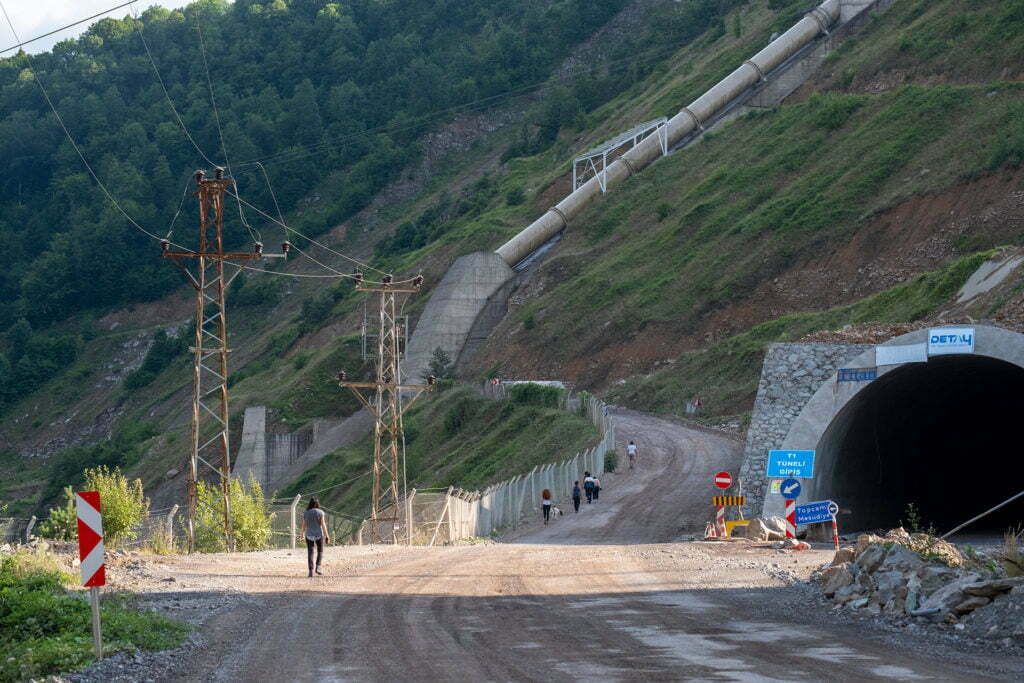
In basin research, it is important to take into consideration the totality of each basin together with the human stories that we encounter since the conflicts and asymmetrical relations between the people who live in those regions and companies and their projects come to the foreground in the field. Therefore, it is necessary to focus on the people and their stories, realities, priorities, and struggles to oppose the power relations. This is also a way to continue the struggle. For instance, spending a day with a person who is growing vegetables in the Sebzeli or cultivating rice in Yokuşlu, trying to listen to and learn from these people is already a part of the struggle. None of these human stories are isolated instances.
In studying spatial justice, basin research draws on the efforts to go beyond the understanding which sharply separates the urban from the rural. Spatial processes pertaining to agendas of justice or injustice can only be comprehended by a holistic treatment of the urban and the rural, and only through this method alternatives can be produced, and struggles can be interweaved. Basin research is a product of our efforts as the Center for Spatial Justice to concretize this argument.
How and why does basin research provide a ground for us to go beyond the urban-rural dichotomy?

A Holistic Evaluation of the Basin
Not simply going out of a city, a center, Istanbul but traveling from one end of a basin to another, from point A to point B, makes it possible for the dichotomies that we usually tackle separately, such as urban-rural, nature-human, animal-human, to be evaluated holistically and with respect to relevant spatial processes. The perspective it offers is much more circular and inclusive than those focusing on a single point. We examine the processes pertaining to water, life, nature, people, construction, capital flow, and destruction from beginning to end. This approach renders it possible to concretize spatial justice issues.

A Multidisciplinary Field Team
Basin research provides not only an analytical but also a pedagogical approach for the agendas of spatial justice. Just as in the Center for Spatial Justice, in the team that conducts the field work, we endeavored to promote multidisciplinarity and highlight the potential for joint production of people specialized in different fields. Therefore, located at the intersection of social sciences, space studies, and artistic production, we preferred to work with field teams that would render collective thinking and production processes possible. Since we prefer to take into consideration the totality of the basin, the field teams composed of people from different disciplines make that holistic approach possible.
Normally, when people go to do the field, they go as forest engineers, planners, or sociologists. Each one of these disciplines is valuable. That said, there are not many instances of these people thinking about the same questions or traveling to the same locations. The difference and richness of basin studies lies here. In time, as the fields of expertise that we lacked in the field rendered it possible for us to assess what we need, we realized how justified our quest for a multidisciplinary approach is.
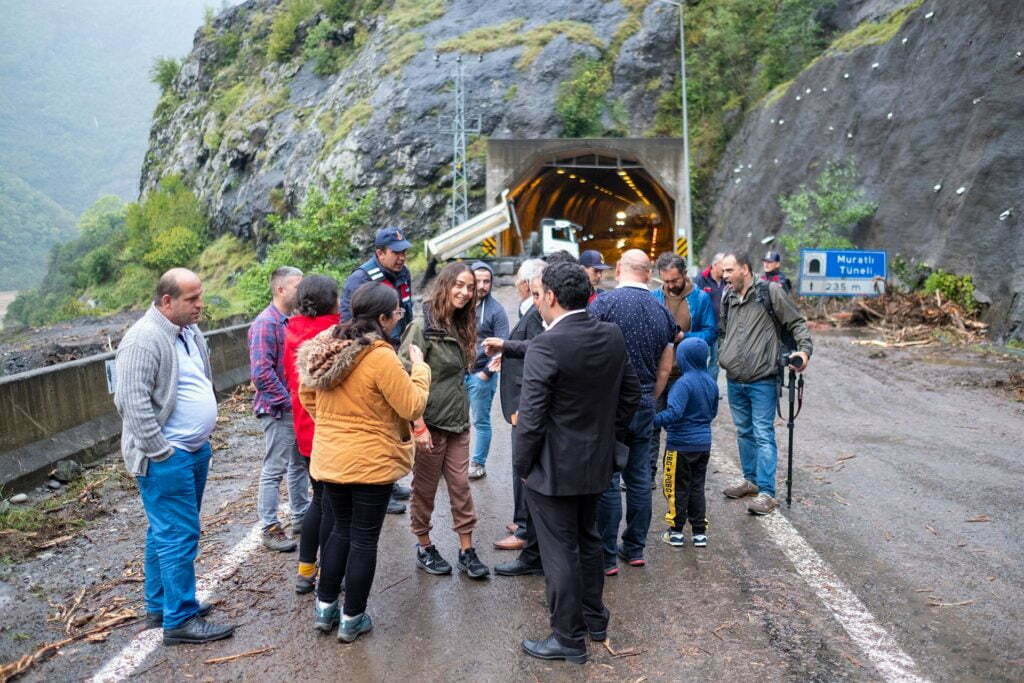
A Field Experience Full of Surprises
Albeit we conduct preliminary research on the hot spots and prominent agendas pertaining to the region before we go to the field, we allow the story to mature during our journey and let the unforeseeable, unwritten, and unheard of to enter our radar. This is one of the most important elements of our methodological approach. In other words, our field work is methodologically open to surprises and that which is unknown.
You are on the road, in the field. The road takes you to places which are not clearly demarcated beforehand. The new story told by a person you encounter, the decision to pursue that story, the existence of a rich team that can trace, record, and reveal that story are some of the most important qualities of basin studies.
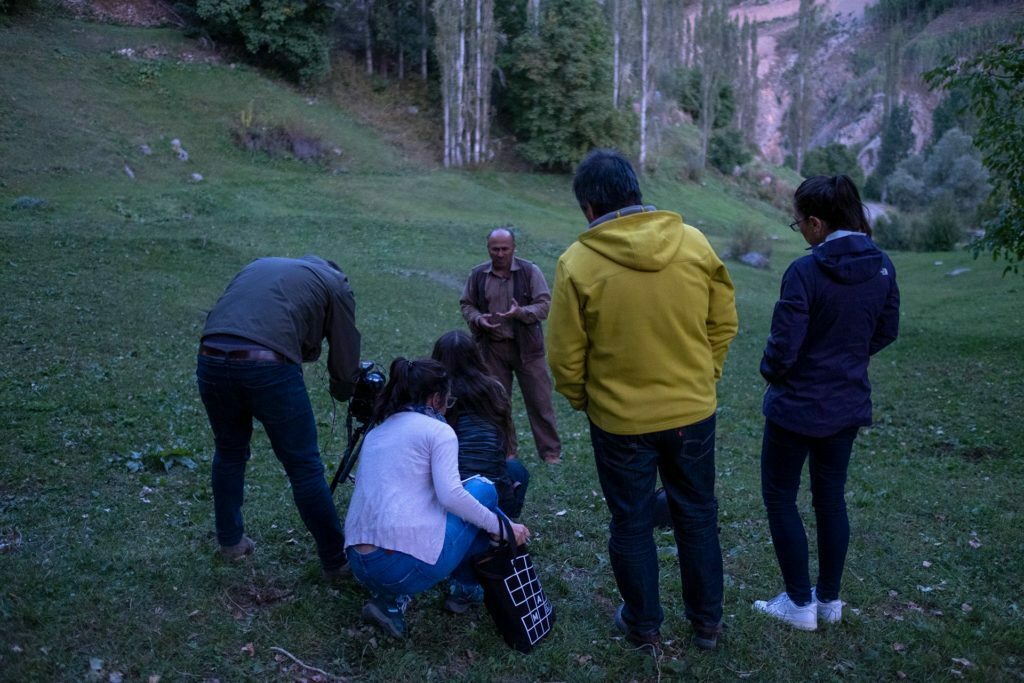
Zoom In – Zoom Out
Our perspective on the field has two scales. You zoom out to a wide angle; you zoom in for a close-up. On the one hand we enlarge our focus, zoom out and take a wide angle when we are mapping and pursuing different investment projects. This is not, however, a perspective utilized for taking inventory. It is a perspective used to understand the totality and the framework of issues. On the other hand, we zoom in. We focus on different actors, human stories, or the story of a single person. Zooming in and zooming out feed into each other.
We do not go to the field to do inventory work. We do not conduct field work with the intention of listing everything from A to Z. When trying to understand the issue in a field, our goal is not only to carry out quantitative research and to come up with an inventory of data, but to consider the links between the struggle and its actors, to carry out an in-depth investigation of all the issue we encounter and collect the human stories of the actors involved. There are hundreds of different ways to talk about an issue. We reveal some of many stories about the basin by showing the necessary care, meticulousness, sensibility, and concentrations, by forming links, and by accurately contextualizing the issues.

Getting Academia Together with the Actors of Struggle
Basin research can build a direct bridge between knowledge production and data collection aspects of the academia and the issues that come to foreground in the field, actors and their advocacy and campaign processes, and concrete struggles. Basin research’s ability to provide the ground for forming direct relationships between research and activism, demands for social transformation and struggles is very valuable.
On the one hand we document, map, record images and sounds, create a database and an archive. These are all processes pertaining to knowledge production. On the other hand, we are together in the field with the people directly affected by the issues at hand. We do not presuppose; we just listen to and learn from people. We shoot and record the things at which they point. Thus, we subvert academia’s and research’s “gaze from above”. We ask questions, do research and create archives together with the activists, with people who are the subjects of struggles, with those who are victimized and/or who are fighting against the injustices. Basin studies are extremely important in the works carried out by Center for Spatial Justice because of the opportunity it provides for realizing the state of “being a bridge” in the most tangible way possible.
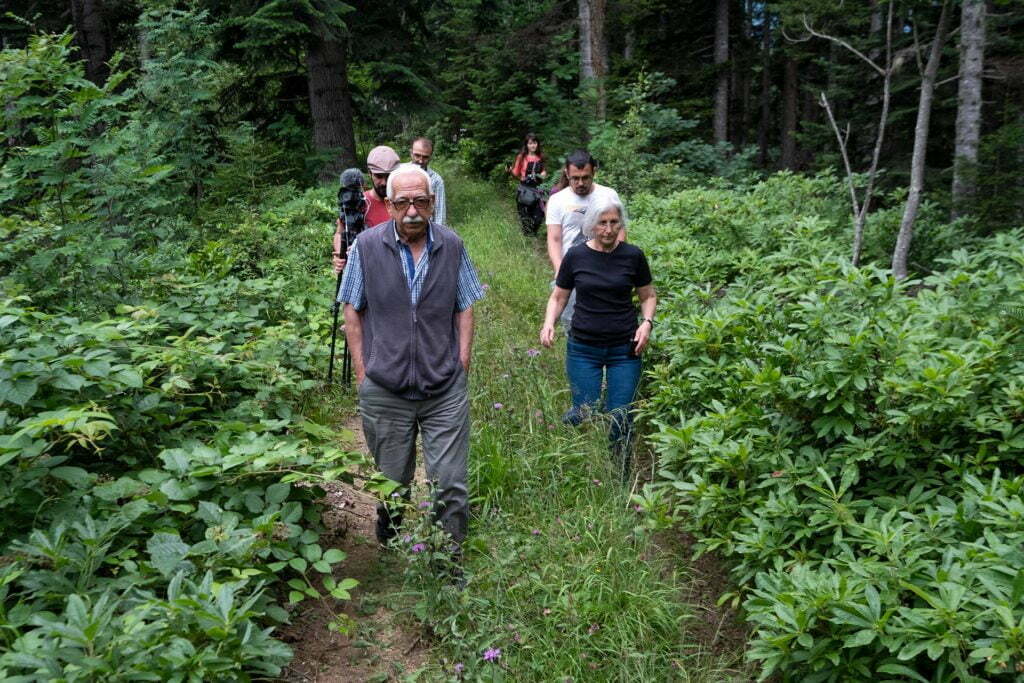
Each Year a New Basin
We set certain goals and we put a new basin on our agenda every year. This means that we can always keep our relationship with the field alive, nourish ourselves with a new relationship, and therefore we can constantly question the reason for existence and ensure its authenticity. It is different from pursuing an agenda and then getting stuck in it or falling back on our reserves. It makes it possible for us to constantly improve ourselves and get to know new actors, agendas, new struggles, and new approaches. It is a kind of school for us. Just as “Urban Political Ecology on the Road” is a summer school, basin research itself takes on the form of a school. The team that participates in basin research becomes a part of the school. We learn from the field, from the people we encounter on the way, from the video we shoot, and from what we read. We learn from each other. Therefore, it is a way of working that reminds us why we do what we do, constantly updates us, shows us whether our work is still valid or not, and reveals the insight that makes the works we carry out meaningful.
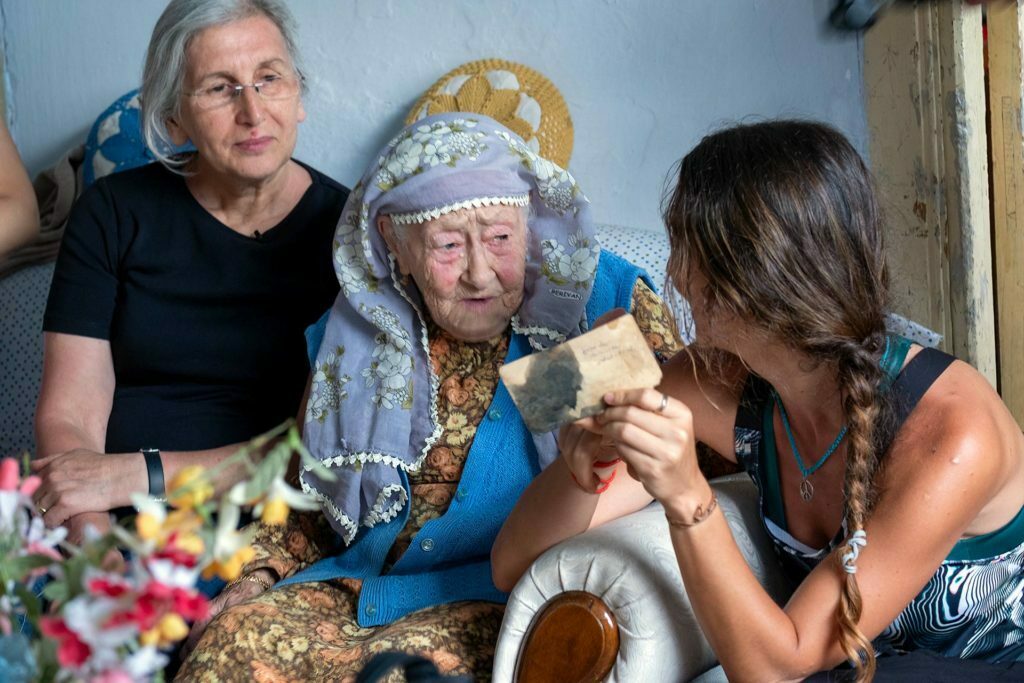
Strong Bonds
The relations we form with each basin develop in time. For the Center for Spatial Justice, the basin research creates fundamental awareness about the location it studies. We are developing a perception field about which questions should be asked at a specific location. Since bonds formed this way do not sever, we continue our works on the region and keep our dialogue. These bonds are the fundamental references of our long journeys. Basin research itself turns into a fundamental reference of our later works in environmental justice. As these references accumulate every year, in other words, since we formulate new reference itineraries every year, basin research not only feeds and enriches environmental justice works, but also renders it more concrete and established.

Common Issues of Environmental Disputes
Our awareness of environmental disputes increases as the number of people, institutions, actors, and activists we get in touch with increases. As disputes become more visible, certain categories start to be articulated. For instance, we can talk about the dams because we conducted field work in Melet and Çoruh. As a result of this process of accumulation, one can come up with an approach related to dams in Georgia or in the Aegean region. Even if you have not conducted field work in a specific region, you can still categorically talk about that environmental dispute. Besides, one starts to see the common issues pertaining to environmental disputes, because the accumulation processes are very similar and the same actors or different actors using the same methods are involved. In time, it becomes possible to see the total effects of the construction regime on the environment, the basin, indeed, all over Turkey. One starts to see the connection between different sectors and actors.